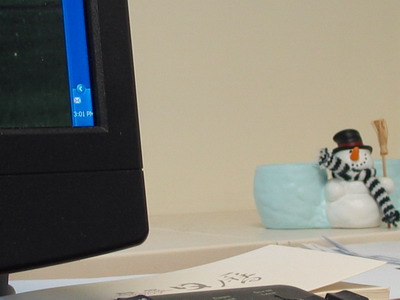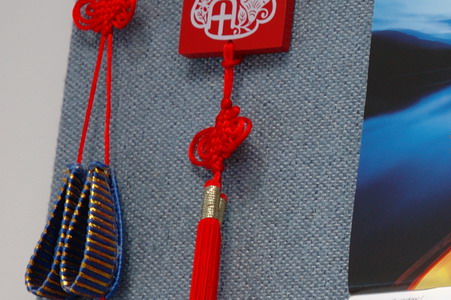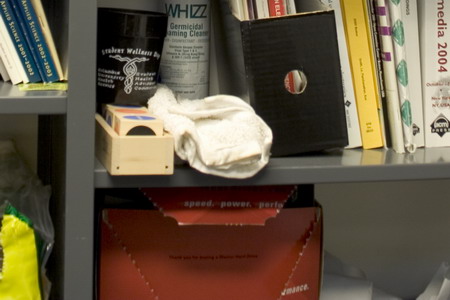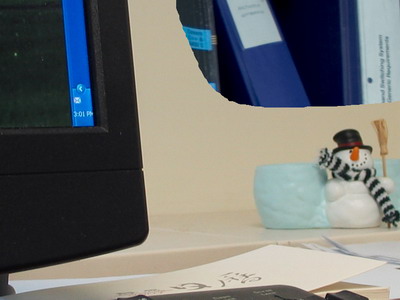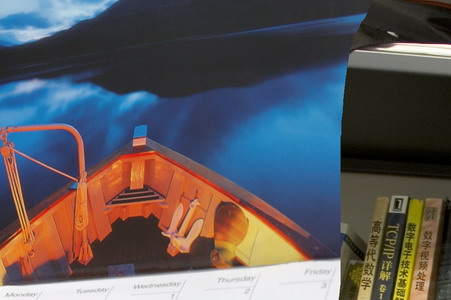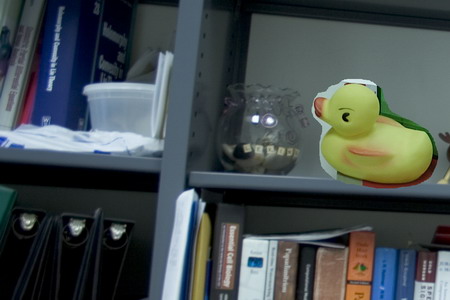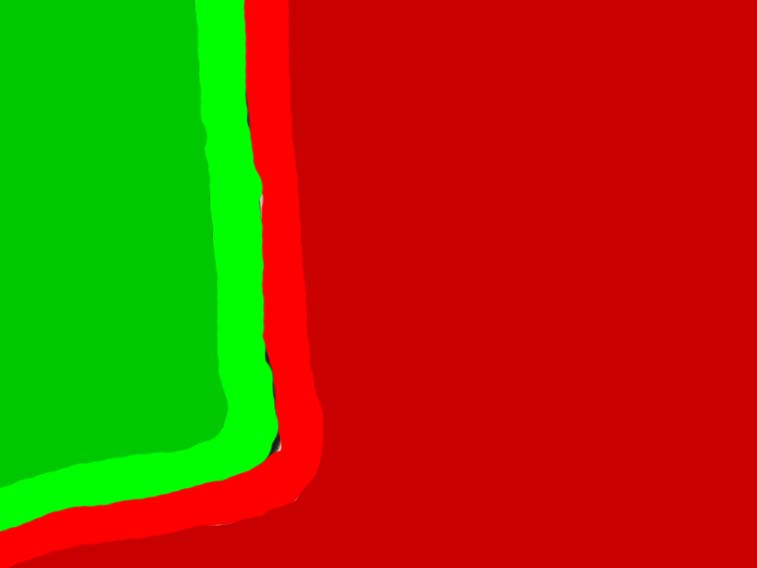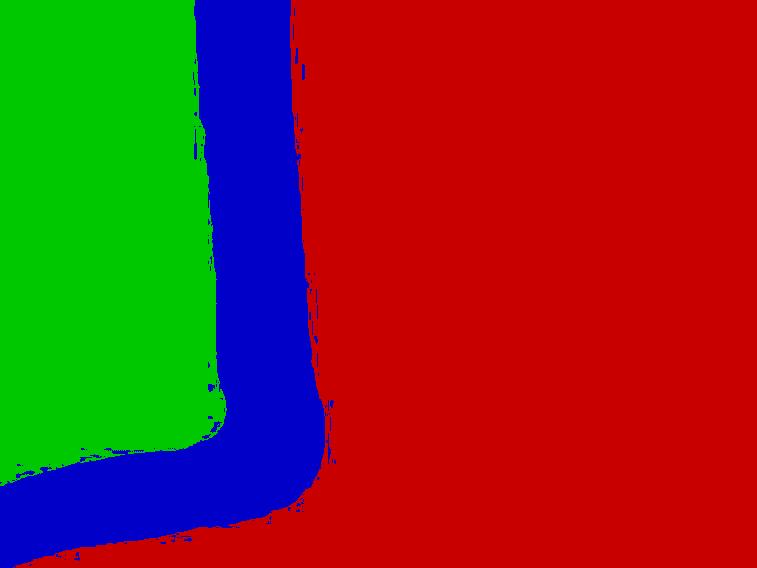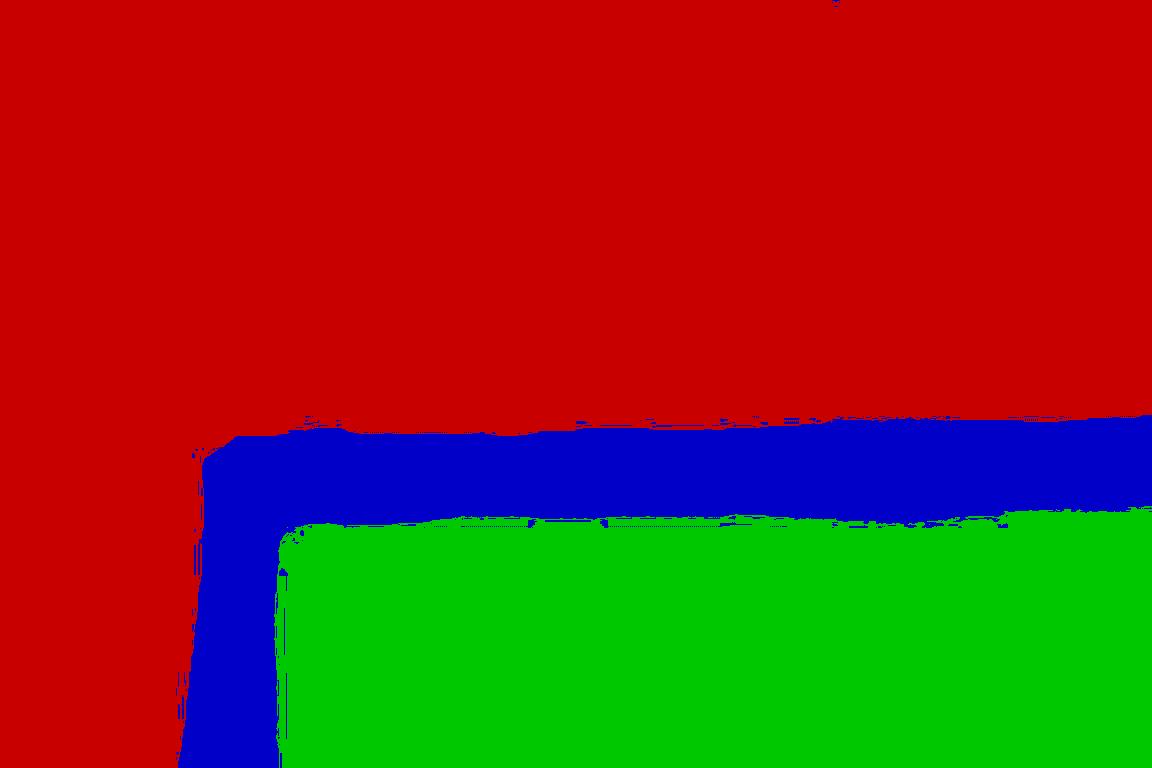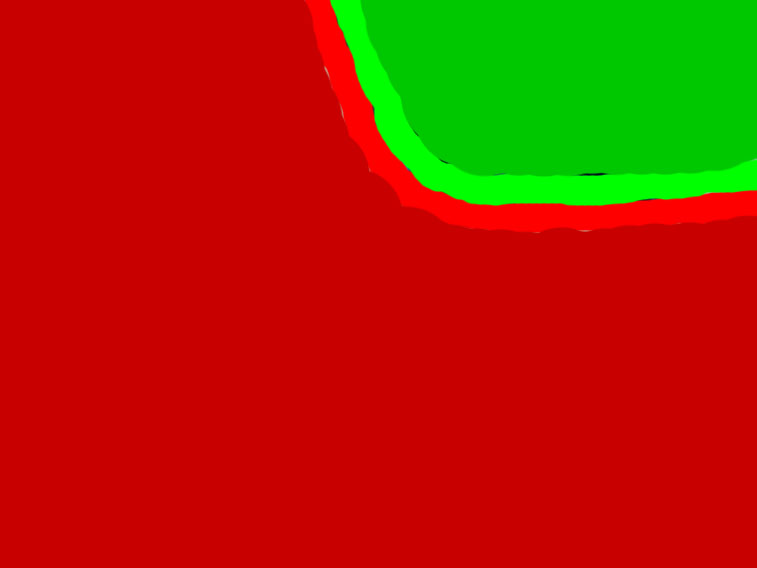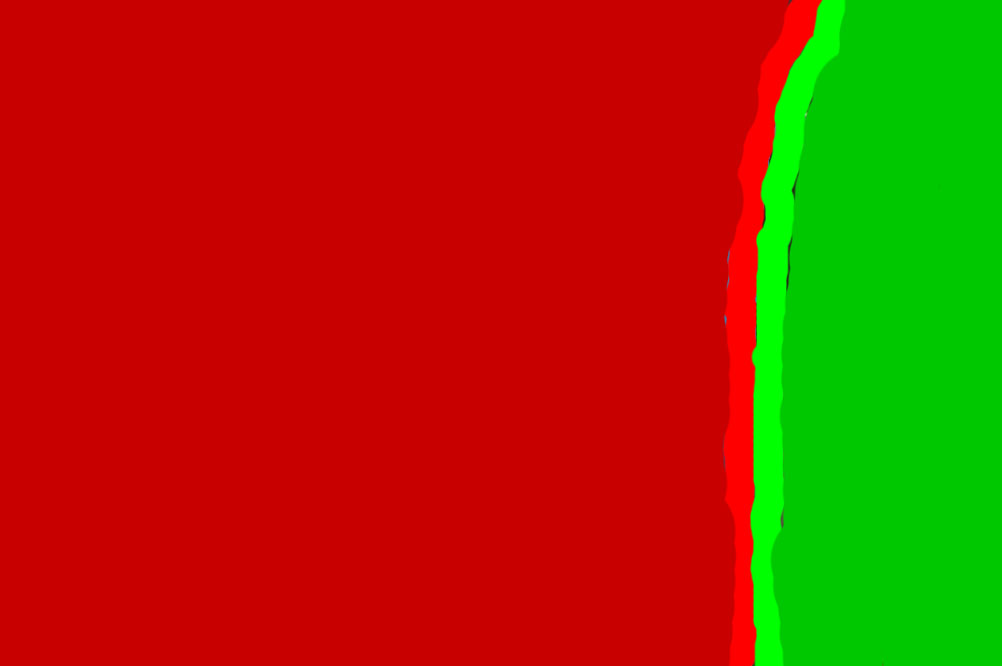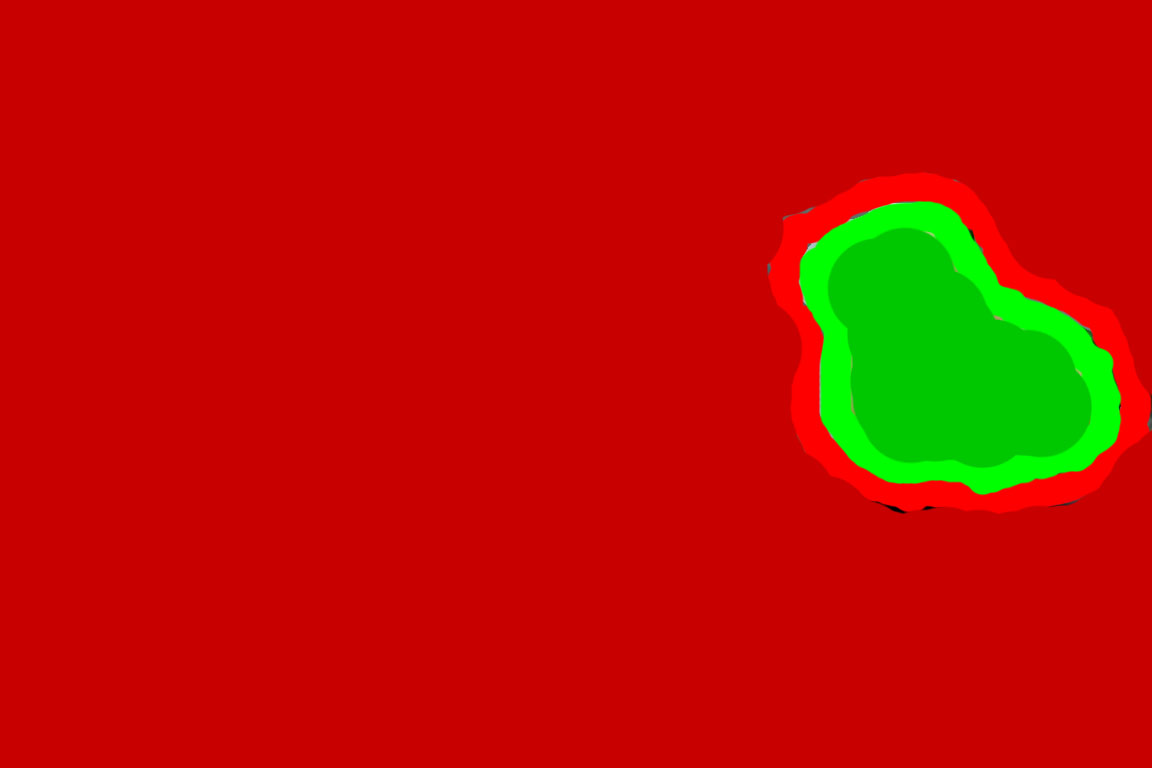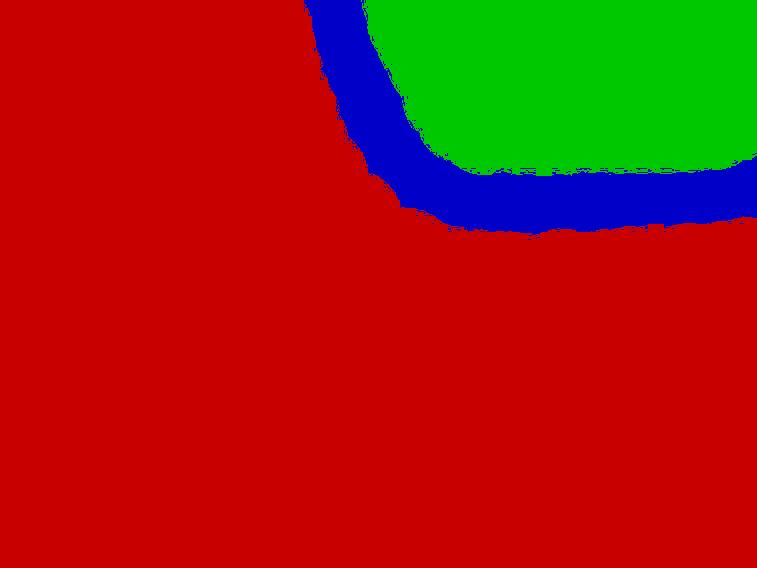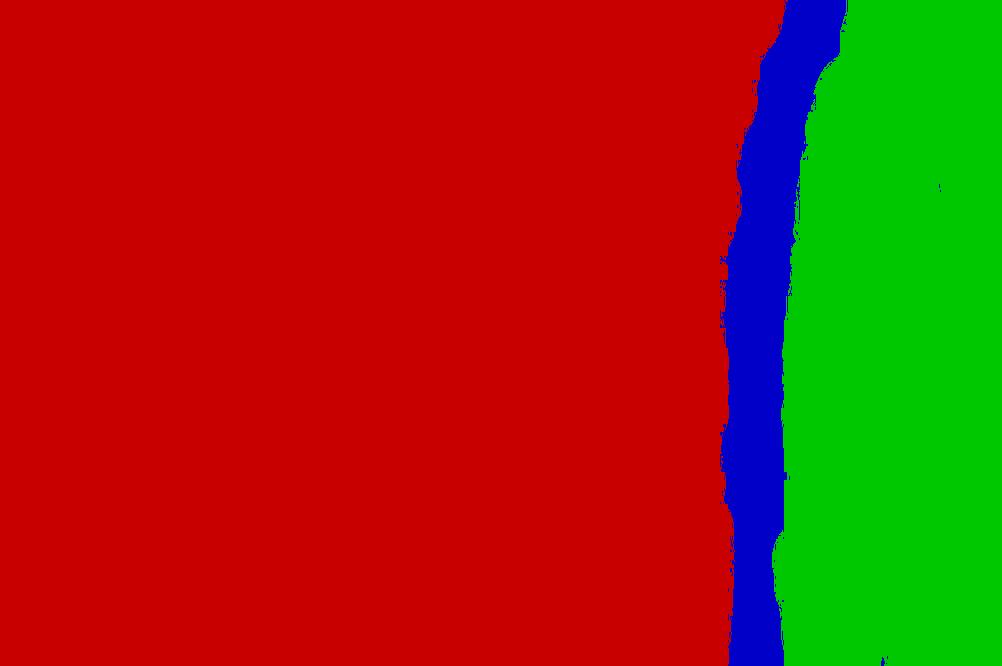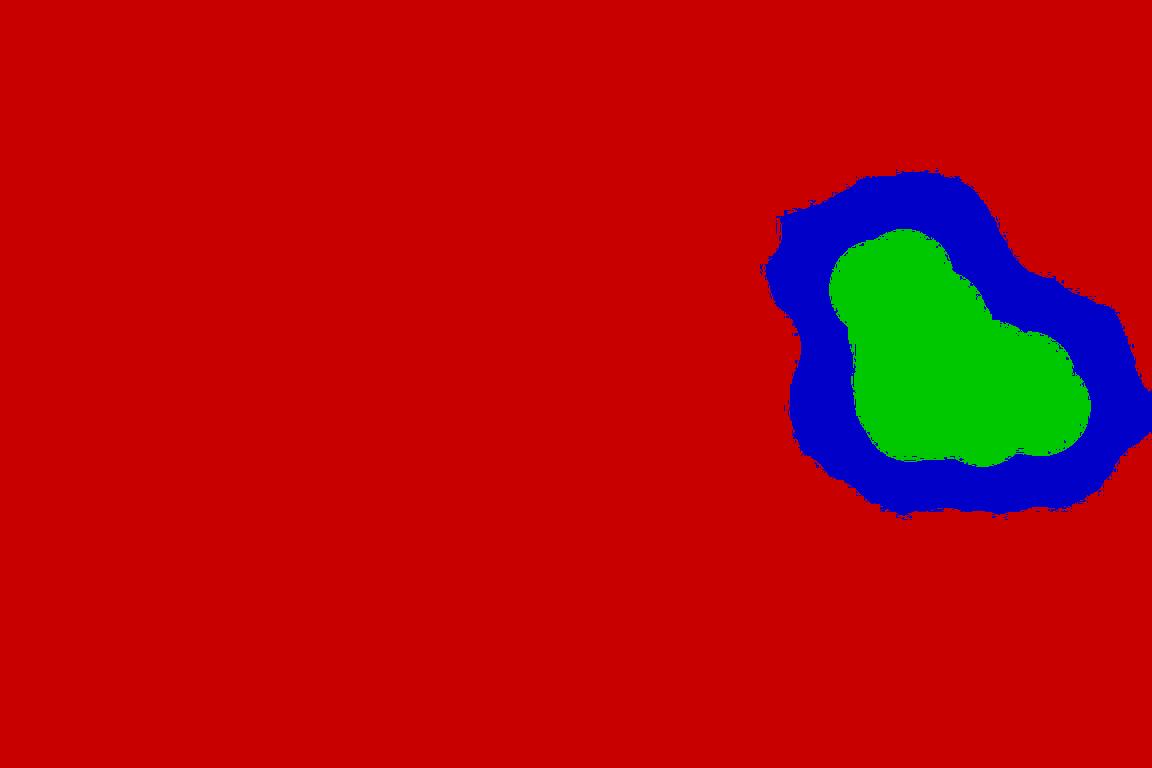Columbia Uncompressed Image Splicing Detection Evaluation Dataset

Introduction
Copying-and-pasting, or image splicing, is the most common tampering seen today. Although often followed by various post processing techniques, we provide a benchmark set with only the splicing operation so that people can study its effect in a focused way. Our images are in high resolution and uncompressed, removing further the compression concern. Also, the EXIF information is retained, therefore this set is not restricted to splicing detection but also suitable for other computer vision algorithms since the ground truth of exposure settings are accessible. Please feel free to download and test your algorithm on it.
Another relevant spliced image dataset can be found here.
Image Content
There are 2 directories in this dataset: 4cam_auth &
4cam_splc. 4cam_auth containts authentic images, and 4cam_splc contains
spliced images. By the term 'authentic', we mean an image that is taken
using just one camera.
In 4cam_auth, there are 183 images, and in 4cam_splc, there are 180.
The image sizes range from 757x568 to 1152x768 and are uncompressed, in
either TIFF or BMP formats. The spliced images are created using the
authentic images, without any post processing. Full EXIF information is
included in authentic images.
The images are mostly indoor scenes: labs, desks, books ...etc. Only 27
images, or 15%, are taken outdoors on a cloudy day (which makes the
outdoor illumination similar to indoor conditions). Several examples
are shown below.
|
||||||||
|
Figure 1: Example images in the dataset
|
Naming Conventions
-
Naming Conventions for Authentic and Spliced Images
Spliced images are created from authentic ones using copying and pasting visually salient objects in Adobe PhotoShop. No post processing were performed. We created 30 images for each camera pair, therefore with 4 cameras, we get 30x6 pairs = 180 images in the spliced category.
Each TIFF file is about 3MB~4MB. The total dataset takes up 800MB of space.
|
Table 1: Naming Conventions for Authentic and Spliced Images
|
||||||||||||||||||||||||||||||||||||||||||||||||||||||||
|
||||||||||||||||||||||||||||||||||||||||||||||||||||||||
-
Edgemasks
Under each directory there is a sub directory storing edgemasks
for test images. These edgemasks label regions within each image,
indicating them as parts that come from different cameras and are
created manually. For authentic images, since there is no actual
splicing boundary, we just picked a salient object boundary as the
suspicious splicing boundary.
Edgemask filenames follow the naming conventions of its corresponding
image, with the string '_edgemask' or '_edgemask_3' appended. For
the former case, the image is divided into 4 regions: bright red
(255,0,0), bright green (0,255,0), regular red (200,0,0), and regular
green (0,200,0).
Bright red indicates the part near the suspicious splicing boundary that comes from camera 1.
Bright green indicates the part near the suspicious splicing boundary that comes from camera 2.
Regular red indicates the part far from the suspicious splicing boundary that comes from camera 1.
Regular green indicates the part far from the suspicious splicing boundary that comes from camera 2.
For '_edgemask_3', the image is divided into 3 regions, with bright red and bright green merged into a single 'splicing boundary' region in regular blue (0,0,200).
|
||||||||||||
|
Figure 2(a): Images and edgemasks in authentic category
|
|
||||||||||||
|
Figure 2(b): Images and edgemasks in spliced category
|
Dataset Download
To download, please fill out the request form at this page.
People
- Jessie Hsu ([email protected])
- Shih-Fu Chang ([email protected])
Citation
Please kindly cite our ICME 06 paper if you use our dataset:
Detecting Image Splicing Using Geometry Invariants And Camera Characteristics Consistency
Yu-Feng Hsu, Shih-Fu Chang
International Conference on Multimedia and Expo (ICME), Toronto, Canada, July 2006. [Abstract][pdf][slides]
@inproceedings{hsu06crfcheck,
author = {Y.-F. Hsu and S.-F. Chang},
title = {Detecting Image Splicing Using Geometry Invariants and Camera Characteristics Consistency},
booktitle = {International Conference on Multimedia and Expo},
year = {2006},
location = {Toronto, Canada}
}
